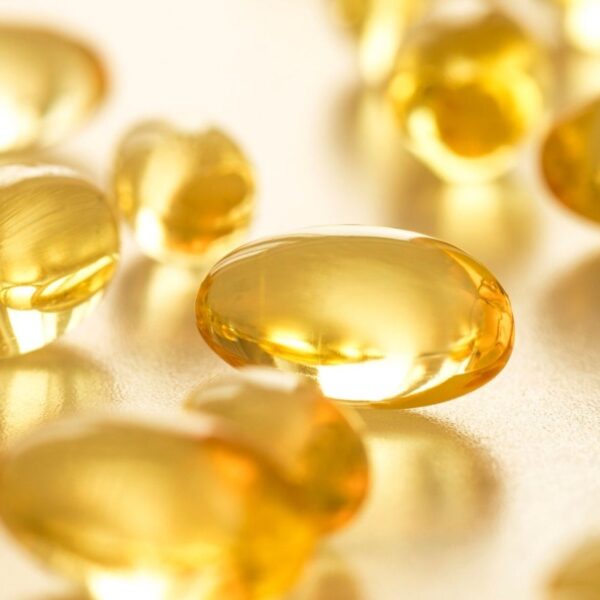Study Reveals Which Types of Face Masks Block the Most Droplets
The emergence of the Coronavirus Disease 2019 (COVID-19) pandemic has significantly increased the demand for face masks around the globe as some of the affected places mandate the public and of course, the healthcare workers to wear masks. Due to the global shortage of commercial supplies, many already use homemade masks and other mask alternatives instead.
Even the World Health Organization (WHO) has already advised the governments to encourage the general public to use non-medical fabric masks for areas of widespread transmission, with limited capacity for implementing control measures and in settings where physical distancing is not possible.
However, many homemade masks and other mask alternatives have not been tested in practice and have limited evidence on their effectiveness. Thus, researcher from the Duke University, Department of Physics has demonstrated a simple optical measurement method to evaluate the efficacy of masks.
Study on Face Mask Efficacy
On August 7, 2020, a proof-of-concept of their study has been published in the Science Advances journal which they called the Low-cost measurement of facemask efficacy for filtering expelled droplets during the speech.
Eric Westman, a physician; Martin Fischer, Ph.D., a chemist and physicist; and their colleagues have reported that their simple, low-cost technique has provided visual proof that face masks are effective in reducing droplet emissions.
“We confirmed that when people speak, small droplets get expelled, so disease can be spread by talking, without coughing or sneezing. We could also see that some face coverings performed much better than others in blocking expelled particles.”
– Martin Fischer
According to Duke Health, the setup for the experiment is simple and can easily be built and operated by non-experts. It consists of a box, a laser, a lens, and a cell phone camera. For counting the droplets, they have used a simple computer algorithm.
For the said experiment, the researchers have tested fourteen (14) commonly available masks or masks alternatives, one (1) patch of mask material, and a professionally fit-tested N95 mask.
Results of the Experiment/Study
The results of the experiment showed that N95 masks without valves are the best face coverings. Other masks that performed well are the surgical or polypropylene masks.
Hand-made cotton face coverings, on the other hand, have provided good coverage. It could eliminate a substantial amount of spray from normal speech. However, bandanas and neck fleeces were not able to block the droplets much at all.
Note, however, that what they did is just a demonstration. According to Fischer, more work is required to investigate variations in masks, speakers, and how people wear them. “… but it demonstrates that this sort of test could easily be conducted by businesses and others that are providing masks to their employees or patrons,” he added.
“If everyone wore a mask, we could stop up to 99% of these droplets before they reach someone else. In the absence of a vaccine or antiviral medicine, it’s the one proven way to protect others as well as yourself.”
– Eric Westman
A Short Video About the Experiment
SOURCE












